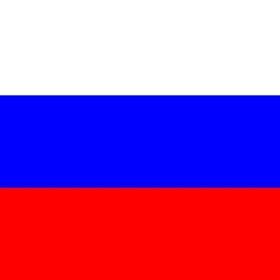
Russia's fresh citrus imports are on the up thanks to social and economic developments shaping the vast country, which grows no citrus of its own, a US Department of Agriculture (USDA) study reveals.
Citrus imports rose 29 per cent in volume terms between January and April this year compared to the same time last year, and increased by 16 per cent in 2010 versus 2009 – reaching a record 1.5m tonnes, a USDA Global Agricultural Information Network (GAIN) report said. In 2010, the Russian citrus market was valued at US$1.2bn.
Svetlana Ilyina, the report's author, attributed this surge in citrus imports to a healthy-eating trend gripping Russian consumers, as well as an uptick in consumer spending, and the strengthening Russian currency (rouble) – which is making imports more affordable.
Nevertheless, there is plenty of room for further import growth, since Russian per capita fruit consumption remains lower than levels in Europe, the US, Japan and China, she added.
'The Russian fruit market is far from saturated and has good potential for further expansion,' Ms Ilyina said.
Citrus is the second most popular fruit category in Russia, after apples. In 2010, mandarins were the top imported citrus commodity in volume terms, with a 45 per cent of market share (654,840 tonnes), followed by oranges (33 per cent share with 495, 565 tonnes), lemons and limes (14 per cent combined, with 213,972 tonnes), and grapefruit (8 per cent with 112,323 tonnes), according to the report.
European Union and Middle Eastern countries are the main citrus source for European Russia, while Turkey, Morocco, Egypt and South America dominate citrus exports to Western Russia. China, followed by the US – specifically California – supply the Russian Far East, MsIlyinasaid.
The full GAIN report (number RSATO 1113), published on July 19, can be found on http://gain.fas.usda.gov






No comments yet